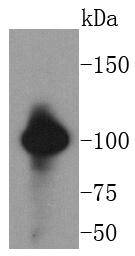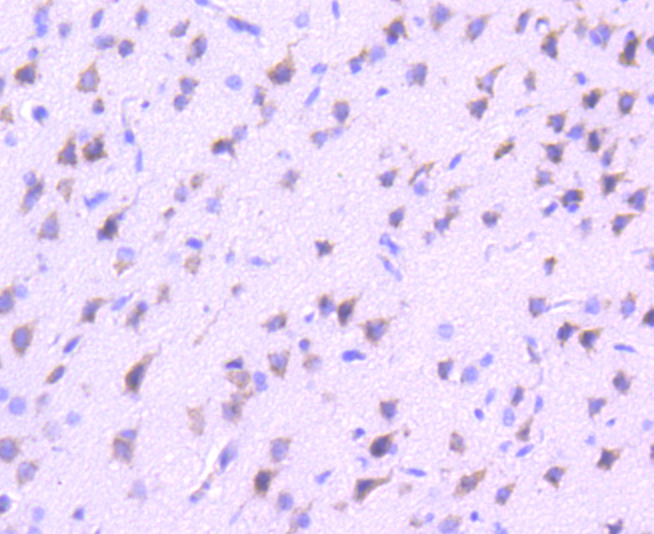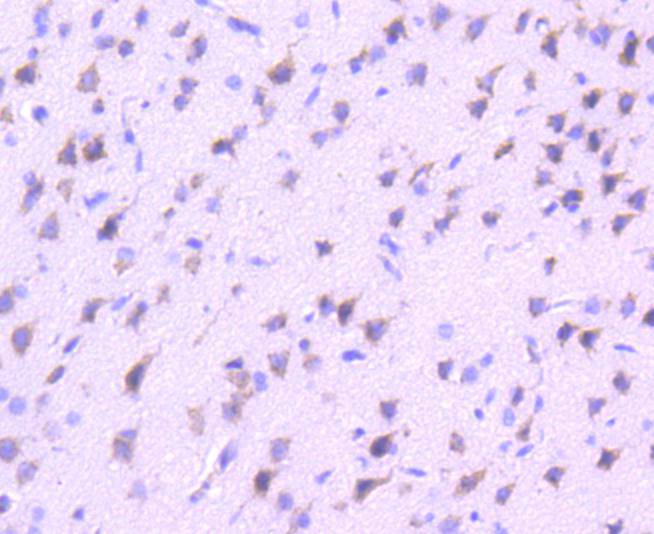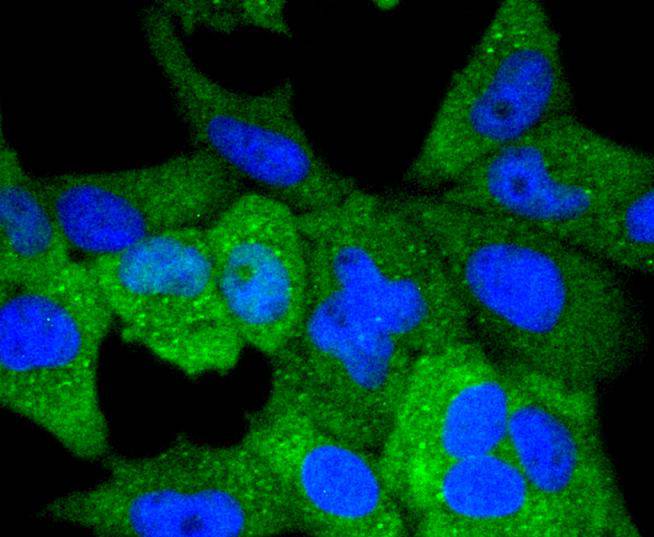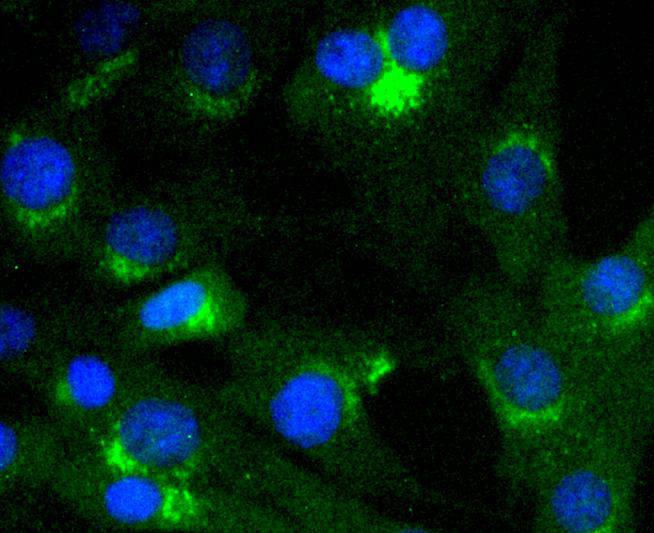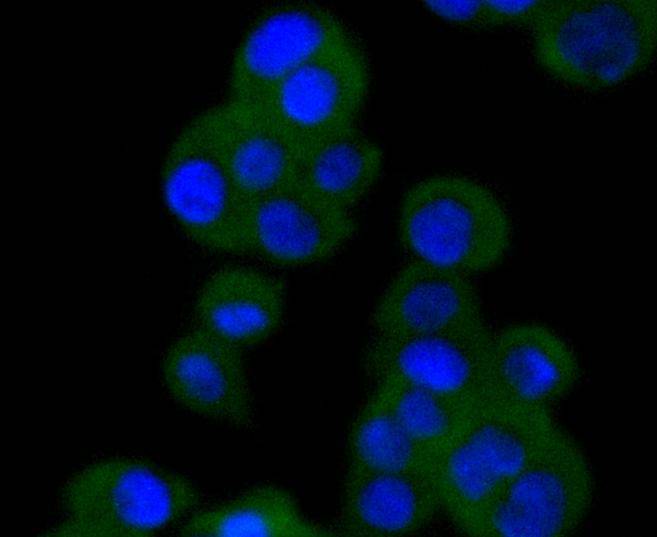The Vav gene was originally identified on the basis of its oncogenic activation during the course of gene transfer assays. The major translational product of the Vav proto-oncogene has been identified as a protein containing an array of structural motifs. This protein, known as Vav, Vav1 or p95Vav, contains an N-terminal helix-loop-helix domain and a leucine zipper motif similar to that of Myc family proteins that, if deleted, causes oncogenic activation. In addition, Vav contains an SH2 domain, which could indicate its role as a substrate for tyrosine kinases. Expression of Vav is limited exclusively to cells of hematopoietic origin, including those of the erythroid, lymphoid and myeloid lineages. These results suggest that Vav may represent a new type of signal transduction molecule involved in the transduction of tyrosine phosphorylation signaling into transcriptional events. Vav2 is a member of the Vav family of oncoproteins and acts as a guanosine nucleotide exchange factor (GEF) for RhoG and RhoA-like GTPases in a phosphotyrosine-dependent manner.

